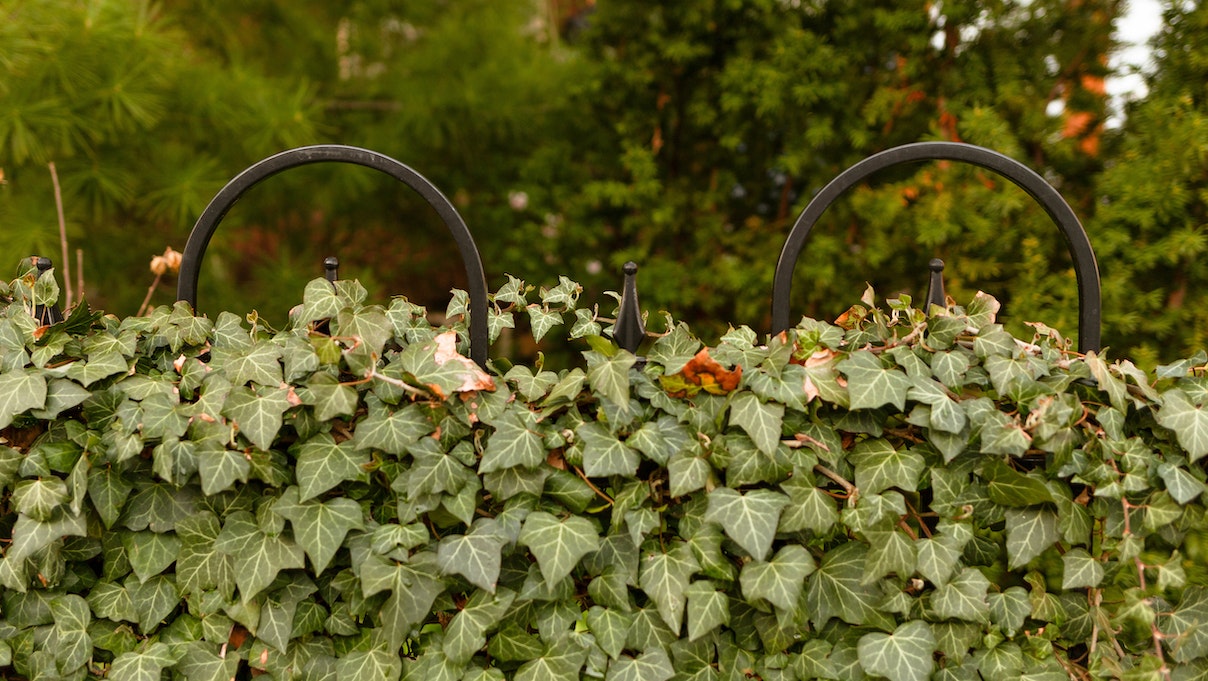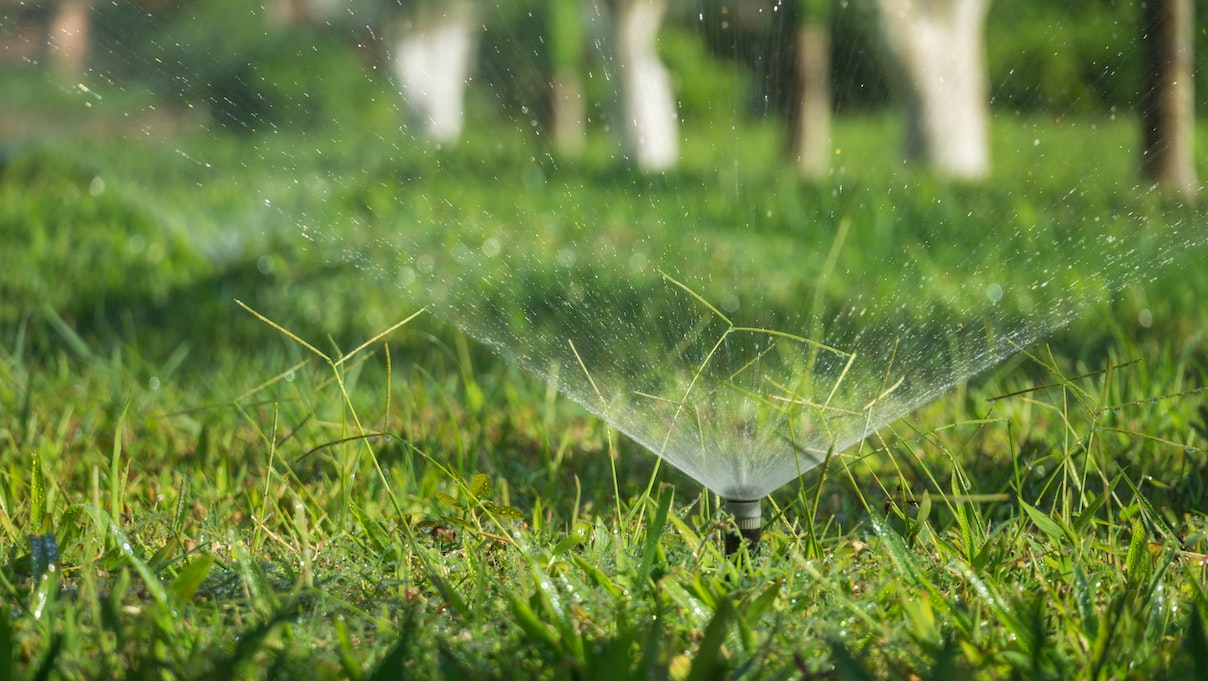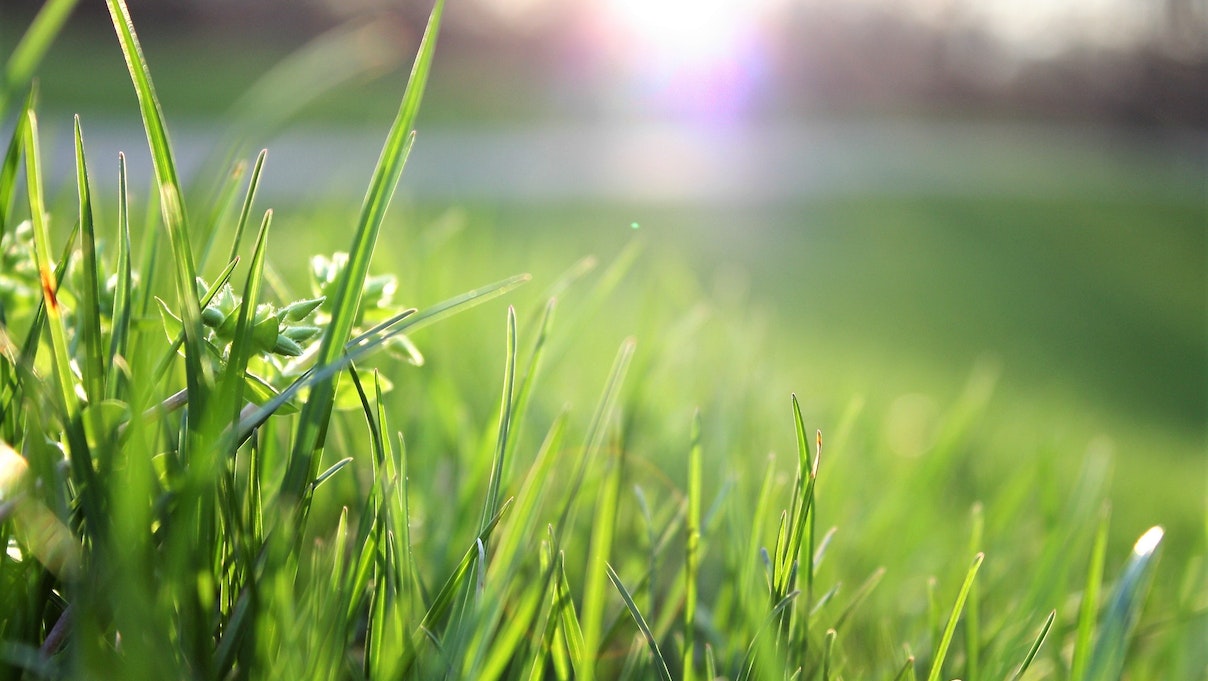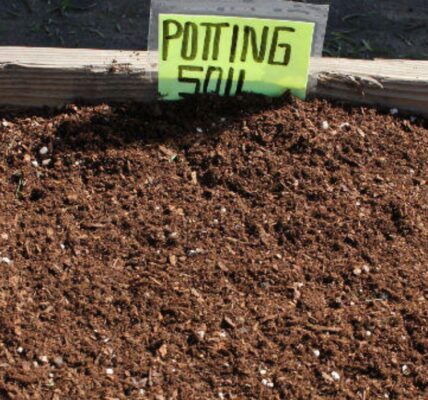If your lawn is large, it could appear that it grows larger each time you mow it. To get the most enjoyment and curb appeal, a well-kept lawn is necessary. Instead of trying to do it randomly, follow these tips on how to quickly and effectively mow a lawn while also maintaining the health of your grass. Don your shoes and enjoy your yard!
How to Mow a Lawn
Step 1: Lawn mowing involves trimming and edging the grass to avoid damage to plants, trees, and hardscaping from the mower. Weed whacking around obstacles such as mailboxes, trees, and fences can also save time. Edging garden beds prevents turf grass from intruding on the plants.
Step 2: It is recommended to mow the lawn regularly and early to maintain a healthy and attractive lawn.
- Avoid allowing your grass to get knee-high before giving it a crew cut to reduce the amount of time you need to spend mowing. When grass blades are cut more than one-third of the way, the best photosynthesis is prevented.
- Make sure to mow the grass about every five days during the early spring and late fall growth spurts on your lawn.
- If you are going behind schedule, increase your blade height to prevent removing too much plant tissue. In a few days, give the lawn another cut if you want it to be shorter.
- Keep in mind that the best time to mow is between the hours of 8 and 10. Even though the morning dew will have dried up, the grass won’t become completely dry under the high midday heat.
Step 3: Switch the direction every time you mow the lawn.
To avoid soil compaction and turf wear, it’s important to not mow in the same direction every week. Instead, switch things up and mow in a new direction each week. You can cut horizontally one week and vertically the next week. You can even try cutting in a diagonal or labyrinth-like pattern for a change. The goal is to vary your mowing pattern regularly.
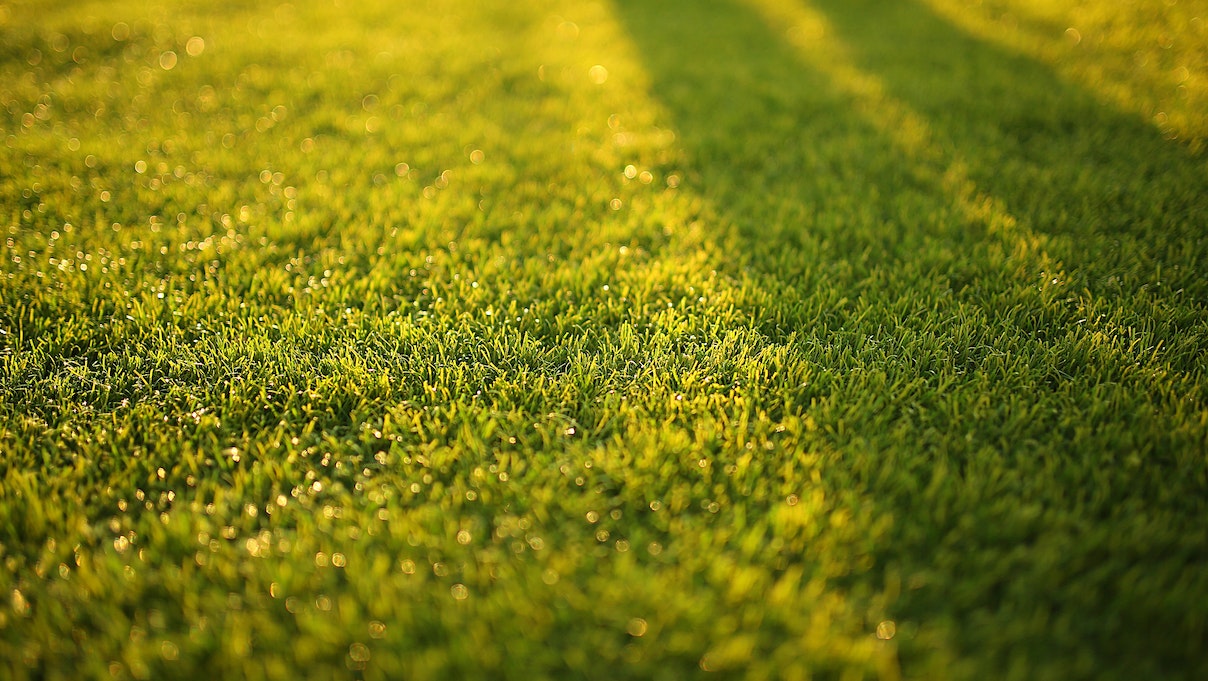
Step 4: Take smart advantage of clippings
You can gather and bag your lawn clippings to stop thatch from growing at the base of your grass. Alternatively, if you mow frequently and the clippings are not too dense, you can leave them on your lawn. Without endangering the roots, a layer of roughly 1 inch can decompose and supply vital nutrients to your lawn. If you decide to save your clippings, put them in your compost pile to make soil that is rich in nutrients.
Step 5: Complete by sweeping away or blowing lawn waste
Cleaning up any stray grass clippings from driveways and sidewalks is always the last step in properly mowing a lawn. It’s a pleasant finishing touch that’s also beneficial for your neighborhood and the environment, whether you use a leaf blower to return the clippings to the freshly cut grass or a broom to sweep them up.
If yard waste isn’t picked up, it can wash into lakes and rivers and clog storm drains, which can lead to phosphorus pollution.
Some mowing tips for a sharp-looking property.Â
Your lawn’s health may be impacted by how frequently and how high you mow it. To prevent shredding the grass blades and spreading illnesses, make sure your mower blade is sharp. It’s also essential to control weeds and refrain from mowing wet grass. Wet grass can clog the mower deck, leaving clumps of damp grass that will decay throughout your yard and perhaps impair the function of your mower.
Conclusion
To mow a lawn effectively, having the right equipment is crucial. The type of lawn mower used affects the amount of grass that can be cut and the efficiency of the task. Investing in high-quality equipment enables faster and more efficient work, resulting in better outcomes and allowing for more tasks to be accomplished in a shorter amount of time. For beginners, purchasing a quality lawn mower is essential. For guidance on selecting the right mower, refer to our reviews of the best electric and self-propelled lawn mowers.

